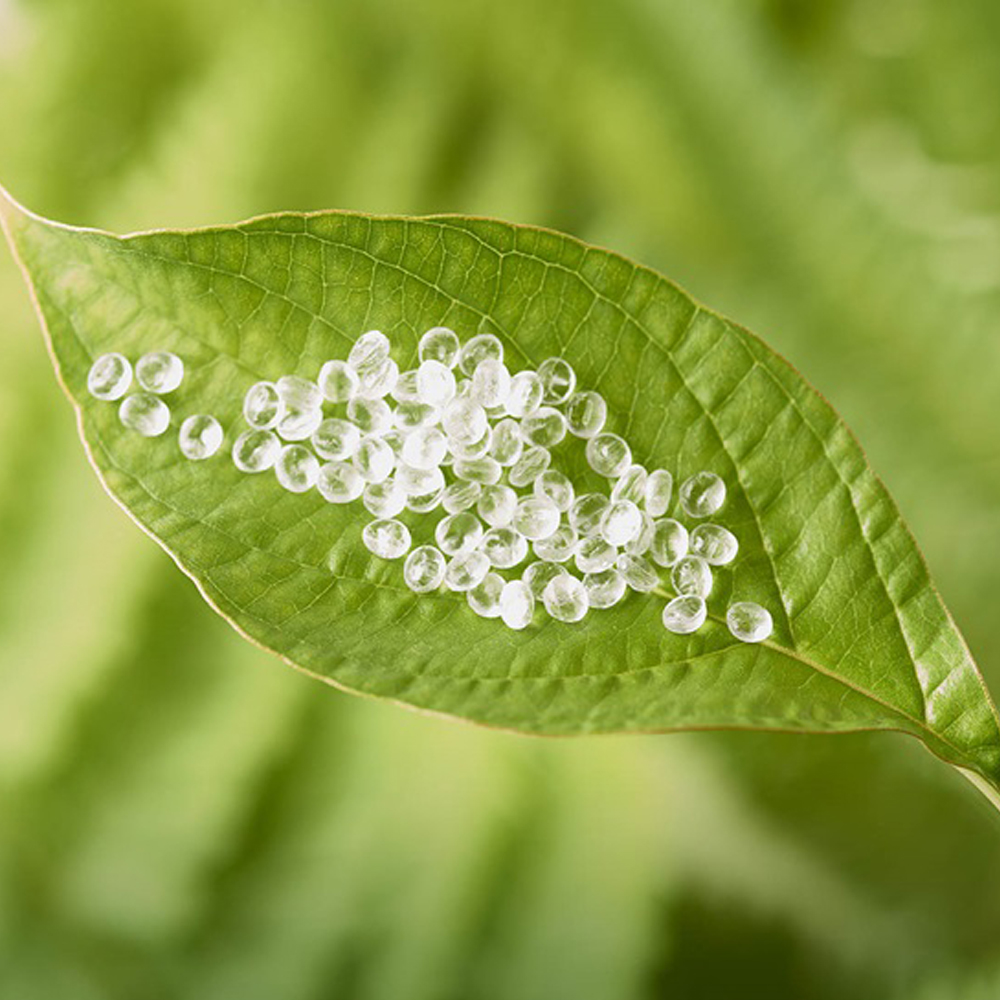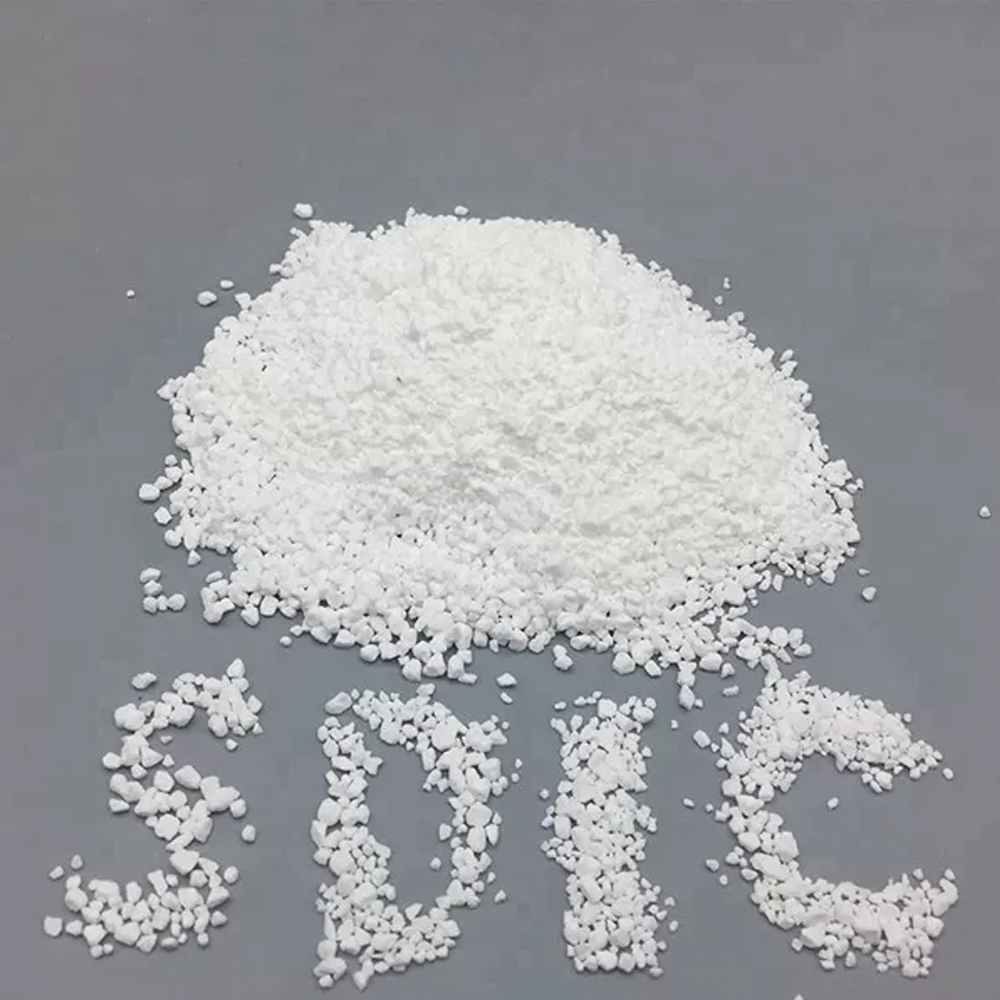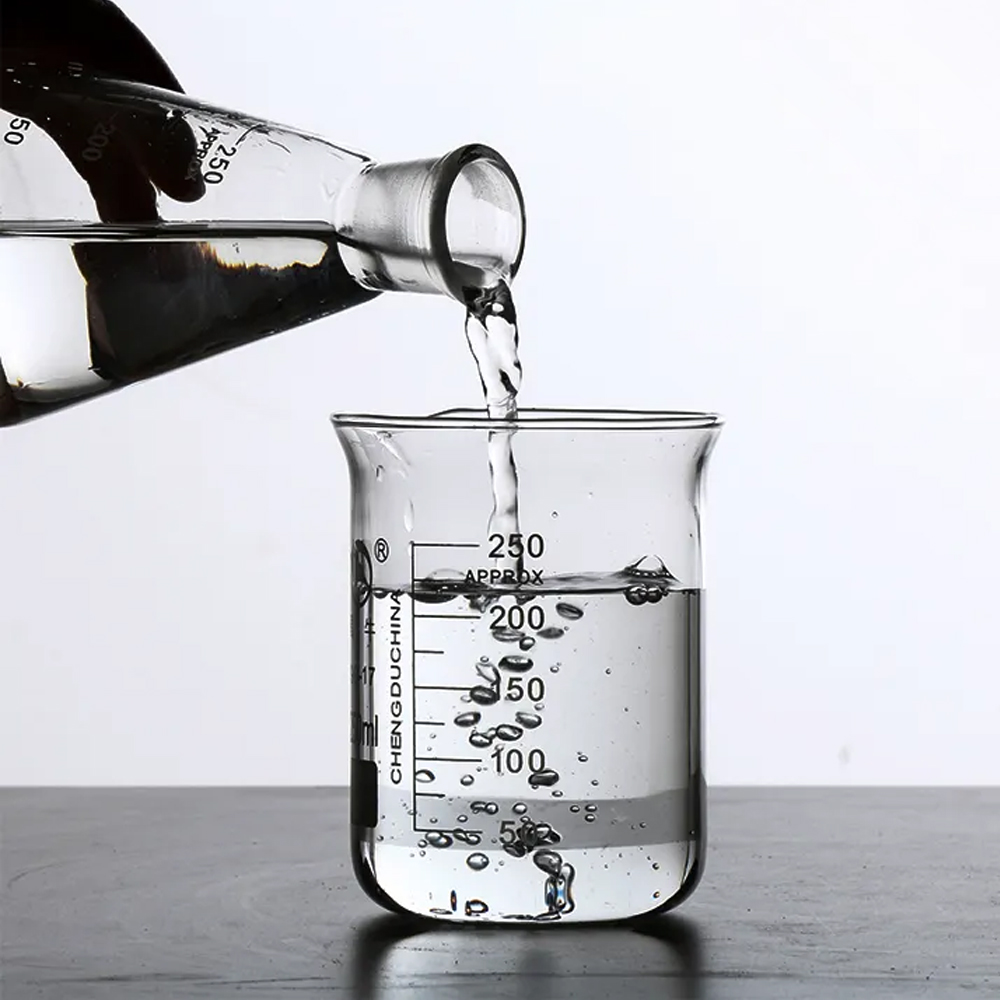
폴리락트산(PLA)에 대해 알아야 할 모든 것
일반적으로 PLA라고 하는 폴리락트산은 옥수수 전분이나 사탕수수와 같은 공급원에서 추출한 재생 가능한 유기 열가소성 단량체입니다. 석유 증류 및 중합을 통해 화석 연료에서 생산되는 대부분의 플라스틱과 달리 PLA 생산은 바이오매스 자원을 활용합니다.
Now, let’s explore the various applications of sulfamic acid and understand why it is produced in such large quantities each year.
Sulfamic acid is an exceptionally potent descaling and cleaning agent, employed extensively in both industrial and domestic settings. Whether you need to remove scale from your shower walls or specific equipment, amino sulfonic acid solution can be relied upon for the task.
However, it’s important to note that the ideal percentage of sulfamic acid in the solution varies depending on the descaling objective. Scaling on walls generally requires a stronger solution with a higher concentration of sulfamic acid, whereas a 10% solution is typically sufficient for equipment.
Let’s delve into some primary applications of sulfamic acid as a cleaner and descaler, providing just a glimpse of its capabilities:
Metals: When cleaning metals, sulfamic acid is preferred due to its non-aggressive nature. It effectively sanitizes, cleans, and removes rust (as discussed in the section below) from metals without causing degradation.
Equipment: Sulfamic acid exhibits excellent properties for dissolving limescale, making it ideal for equipment maintenance. If you seek an exceptional descaling and cleaning agent to optimize the performance of your equipment, sulfamic acid is the answer.
Floor Surfaces: Unlike hydrochloric acid, sulfamic acid does not produce chlorine gas when combined, making it safer to handle at home. Its exceptional limescale removal properties make it perfect for cleaning floor surfaces and toilets.
Sulfamic acid excels at removing rust, making it a primary choice for rust removal in various industries to maintain equipment in top condition.
Similar to other acids, sulfamic acid chemically reacts with rust, facilitating its removal. However, caution must be exercised due to the strong cleaning properties of sulfamic acid, as it may remove more than just rust if applied carelessly. Industrial users perform tests with different concentrations of sulfamic acid to determine the appropriate solution for their specific applications.
Although amino sulfonic acid and its salts have long been recognized for their herbicidal properties, their use as herbicides was limited in the past due to the instability of derivative forms required for effective distribution.
Fortunately, recent advancements have led to the discovery of new compounds derived from amino sulfonic acid that act as highly effective herbicides, now widely utilized worldwide.
Given its exceptional cleaning properties, it comes as no surprise that sulfamic acid is also employed as a sanitizer.
Sulfates, including sulfamic acid, are renowned for their disinfectant qualities. However, due to its potency, sulfamic acid is primarily used as a sanitizer for industrial equipment and bathrooms. It is not commonly found in hand sanitizers or kitchenware sanitizers, as prolonged skin contact with amino sulfonic acid can have potentially harmful effects.
The paper manufacturing industry extensively utilizes sulfamic acid due to its disinfectant and cleaning properties.
Paper pulps, the raw materials for paper production, are delicate and prone to degradation. This poses a significant challenge for paper production companies that rely on the integrity and longevity of their pulps.
Enter sulfamic acid. By applying sulfamic acid solutions to paper pulps, companies can ensure the preservation and durability of the pulps during the paper production process.
Sulfamic acid is an incredibly adaptable chemical, and we trust that this article has shed light on a few of its prevalent applications. Whether you require a descaler or cleaner utilizing sulfamic acid, you can blend it with our cost-effective, top-notch sulfamic acid powder product.
The applications of sulfamic acid are abundant, catering to both industrial and domestic needs. Regardless of your interest in its industrial or household applications, rest assured that sulfamic acid is more than capable of fulfilling the task at hand.

일반적으로 PLA라고 하는 폴리락트산은 옥수수 전분이나 사탕수수와 같은 공급원에서 추출한 재생 가능한 유기 열가소성 단량체입니다. 석유 증류 및 중합을 통해 화석 연료에서 생산되는 대부분의 플라스틱과 달리 PLA 생산은 바이오매스 자원을 활용합니다.

염소화 하이드록시 트리아진에서 파생된 디클로로이소시아누레이트 나트륨은 물 소독 목적을 위해 특히 하이포아염소산 형태의 염소 공급원으로 널리 사용되는 나트륨염입니다.

프로필렌 카보네이트는 스킨 케어 및 화장품에 사용되는 석유 유래 성분입니다. 다른 성분을 녹이는 용제 역할을 하며 제형의 농도 조절에 도움을 줍니다. 제품 질감과 퍼짐성을 향상시킵니다. 안전성 평가에 따르면 프로필렌 카보네이트는 일반적으로 사용되는 농도로 화장품에 사용하기에 안전한 것으로 간주되었습니다.